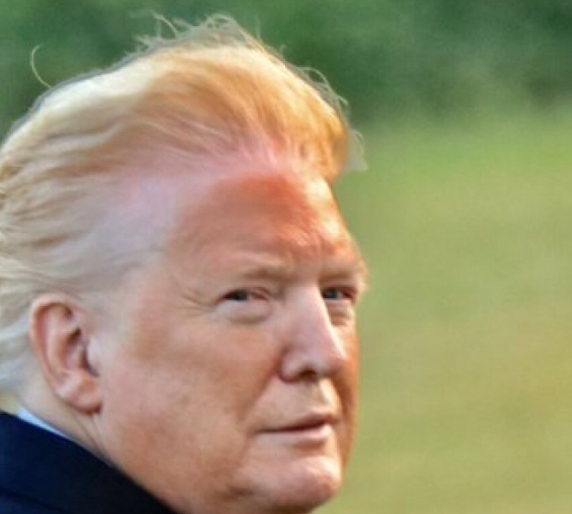$TSLA $XOM $NEE
#GreenEnergy #TrumpPolicies #EnergySector #EnvironmentalRegulation #FossilFuels #RenewableEnergy #ClimateChange #StockMarket #SustainableInvesting #OilIndustry #SolarPower #ElectricVehicles
As Donald Trump approaches what would be his second term as U.S. president, green investors face a critical period of uncertainty and potential opportunity. Trump’s presidency previously took a firm line against significant environmental regulations, loosening restrictions on fossil fuel production and rescinding U.S. participation in the Paris Agreement. For investors in renewable energy and other environmentally focused sectors, there are concerns about what his leadership might mean for the future of green initiatives, while others see untapped opportunities. The energy sector is likely to undergo substantial shifts given his past track record. Investors need to watch how certain stocks like $NEE, a key player in renewable energy, and $XOM, one of the biggest oil companies, are positioned to either benefit or suffer under the potential continuation of these Trump administration policies.
One of the key areas green investors should focus on is fossil fuels. Under Trump’s first term, we saw significant deregulation that directly benefited industries like oil and gas. Fossil fuel giants like $XOM rallied as the administration rolled back environmental rules, allowing for easier exploration and extraction of oil. Yet, this deregulation came at the expense of cleaner energy initiatives, posing concerns for solar, wind, and electric vehicle sectors. The market response could signal different trends in terms of short and medium-term trading strategies. With oil prices remaining volatile, green investors must also consider how global developments like OPEC+ policies and potential Chinese demand fluctuation will play into the resurgence of traditional energy stocks under Trump’s leadership, assuming he follows a similar path.
On the flip side, renewable energy players like $TSLA and $NEE could see headwinds from both policy changes and funding. Under Trump’s prior term, the administration made it harder for these companies to secure federal tax incentives, which are crucial for the development of green energy projects. While the broader consumer shift towards electric vehicles and sustainable energy solutions is undeniable, U.S. government policies significantly influence the pace of adoption. A second Trump presidency might slow the aggressive advancements in renewable energy technology, affecting investment strategies for those looking to capitalize on the long-term potential of the sector. However, global demand for cleaner energy and electric vehicles remains strong, creating both risks and opportunities for investors eyeing stocks in the space.
While the policy landscape could see more support for traditional energy, the long-term demographic and investor shifts towards combating climate change have not entirely diminished. A divided Congress or differing state-level policies could mean renewable energy companies still have room to grow in select regions. Moreover, as institutional investors continue integrating ESG (Environmental, Social, and Governance) criteria into their portfolios, sectors that prioritize sustainability may still attract funding despite a less favorable federal stance. Thus, the potential benefits of investing in green companies require careful consideration of how political winds may temporarily slow or accelerate the adoption of environmentally-friendly technologies amidst Trump’s potential second term in office.










Comments are closed.